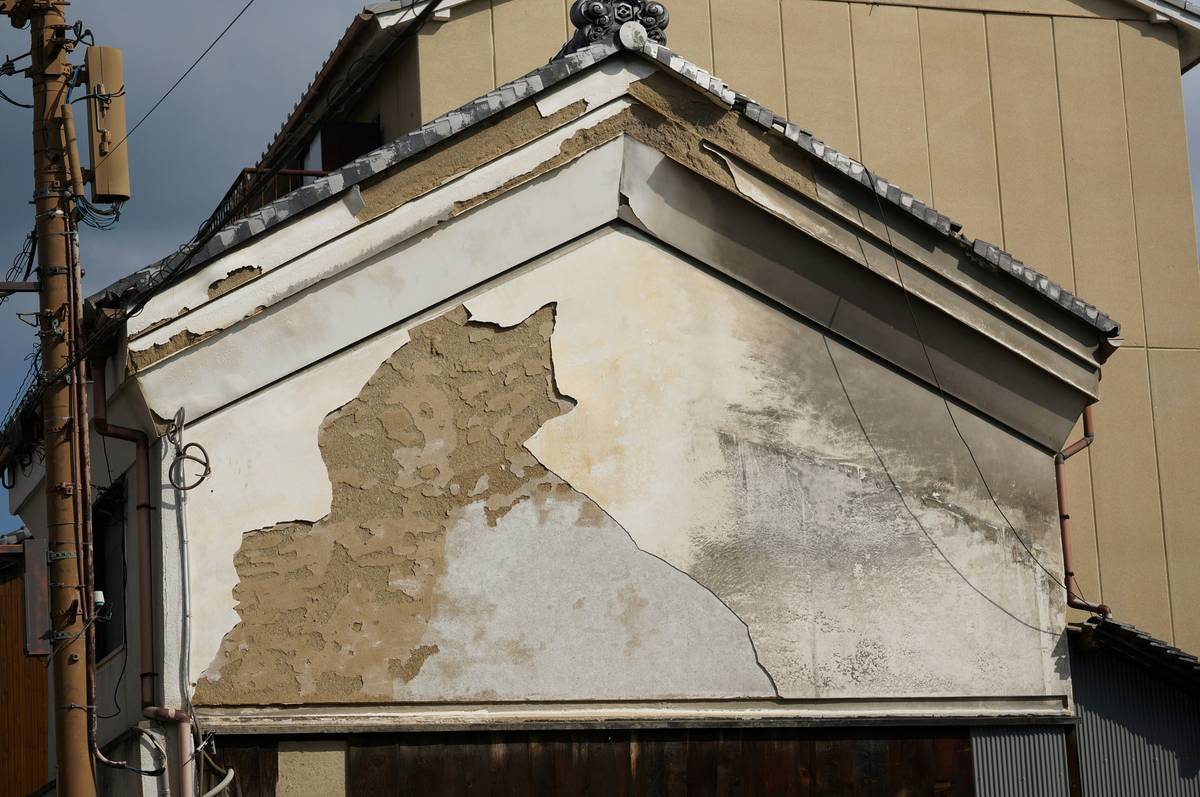Ever stared at your vandalized property and thought, “Now what?” Whether it’s graffiti on your storefront or smashed windows in your home, vandalism can feel like a personal attack. And let’s face it—restoring your property isn’t just about fixing walls; it’s about restoring peace of mind. In this blog post, we’ll guide you through understanding vandalism insurance, the restoration process, and actionable steps to rebuild better than before. You’ll also learn why vandalism property restoration is more nuanced than slapping on a fresh coat of paint. Ready to reclaim your space? Let’s dive in.
Table of Contents
- Understanding Vandalism and Insurance
- Step-by-Step Guide to Property Restoration
- Tips for Maximizing Your Insurance Claim
- Real-Life Examples of Successful Restoration
- FAQ Section
Key Takeaways
- Vandalism property restoration requires both financial planning and emotional resilience.
- Insurance claims are easier with proper documentation—photos, police reports, and receipts matter.
- DIY fixes might save money but come with risks; hiring professionals ensures long-term results.
- Leveraging vandalism insurance can significantly reduce out-of-pocket expenses.
Understanding Vandalism and Insurance: What You Need to Know

Vandalism isn’t just an eyesore—it’s expensive. According to FBI statistics, property crimes cost Americans over $16 billion annually, with vandalism accounting for a sizable chunk. So how does insurance fit into this mess?
Most homeowners’ and renters’ policies include vandalism coverage under “personal property.” However, there’s fine print. If you’ve let your policy lapse or neglected basic security measures (like locking doors), your claim could be denied faster than you can say, “But my neighbor swore they’d fix that broken fence!”
Optimist You: “Vandalism property restoration sounds straightforward if I have insurance.”
Grumpy You: “Yeah, until the adjuster asks for receipts from 1997.”
Step-by-Step Guide to Property Restoration
Step 1: Assess the Damage
Before jumping into repairs, document everything thoroughly:
- Take high-resolution photos of all affected areas.
- Gather estimates from licensed contractors.
- File a police report to provide proof of intent. (This step is crucial for vandalism property restoration claims.)
Step 2: Notify Your Insurance Provider
Contact your insurer ASAP. They’ll assign an adjuster who will evaluate the damage. Pro tip: Keep copies of all communications—you never know when bureaucracy strikes back.
Step 3: Begin Repairs
Once approved, hire certified professionals. Sure, you could DIY that chipped paint, but improper techniques might void warranties—or worse, invite future damage.
Tips for Maximizing Your Insurance Claim
- Read the Fine Print: Some policies cap payouts for certain types of vandalism.
- Upgrade Security Systems: Insurers love proactive clients. Installing cameras or alarms may lower premiums.
- Avoid Terrible Tip #1: DON’T try to hide additional damages not caused by vandalism. It’s unethical and WILL get you flagged.
Rant Time: Why do insurers always seem surprised when someone files a claim? Isn’t that literally why we pay them?
Real-Life Examples of Successful Restoration

Meet Jane, owner of a small boutique devastated by graffiti. By documenting every detail and working closely with her insurance provider, she turned tragedy into triumph within weeks. Her secret sauce? Communication—and patience.
Another case study involves Mark, whose rental property was trashed during a party gone wrong. He leaned heavily on his vandalism insurance and ended up recouping nearly 90% of repair costs. Moral of the story? Never underestimate the power of preparation.
FAQ Section
Does Renters Insurance Cover Vandalism?
Yes, most standard renters policies include vandalism as part of their coverage. Always double-check exclusions though!
How Long Does a Vandalism Property Restoration Claim Take?
Typically, claims resolve within 30 days, assuming no disputes arise. Patience required.
Can I Repair Myself and Still Get Reimbursed?
Possible, but risky. DIY work must meet professional standards for reimbursement eligibility.
Conclusion
Vandalism property restoration is never fun, but armed with knowledge, patience, and solid insurance, recovery becomes manageable. Remember to document meticulously, communicate openly, and lean on experts when needed. After all, life throws curveballs—but resilience wins every time.
Like duct tape holding together a shoebox full of memories, these strategies keep your finances intact while rebuilding your dreams. Oh, and one last thing:
Broken glass, Dreams shattered too, But hope rebuilds anew.


